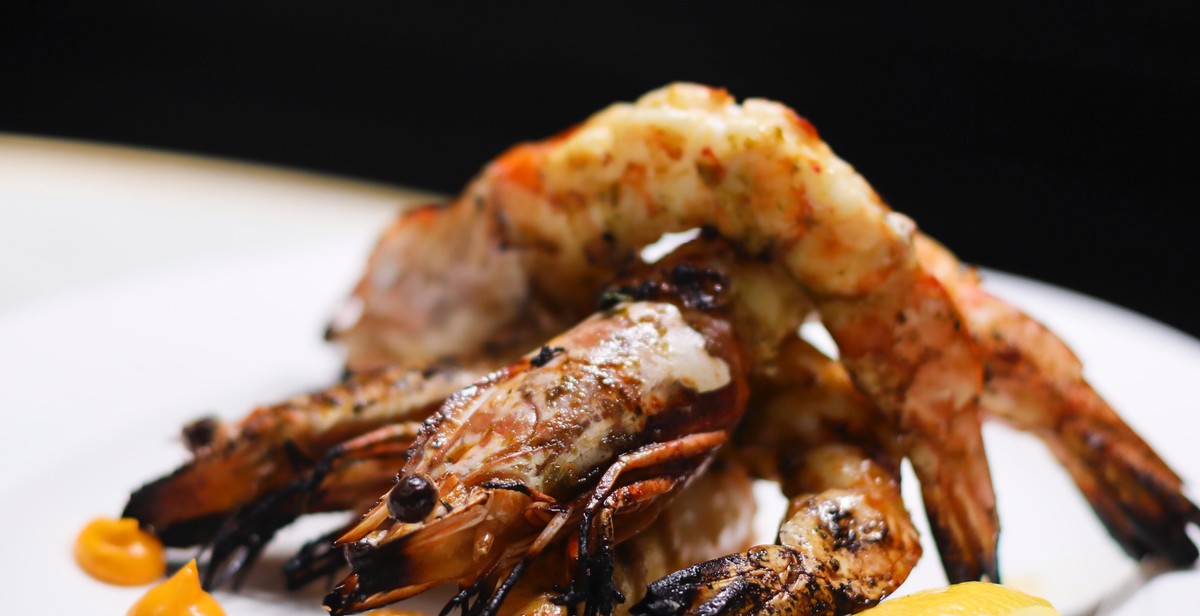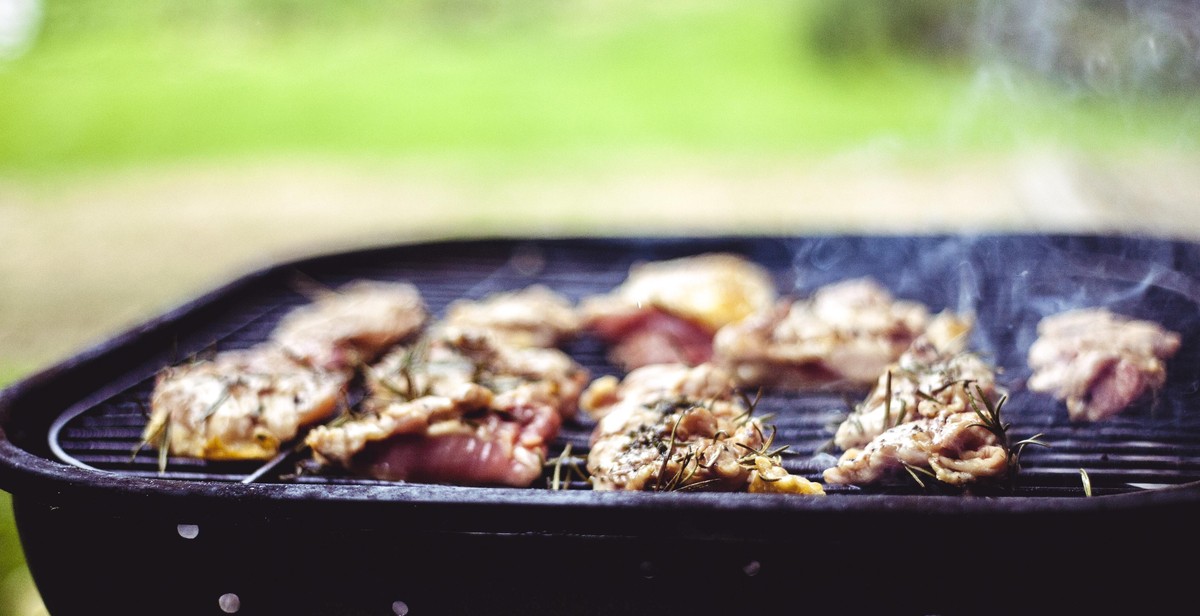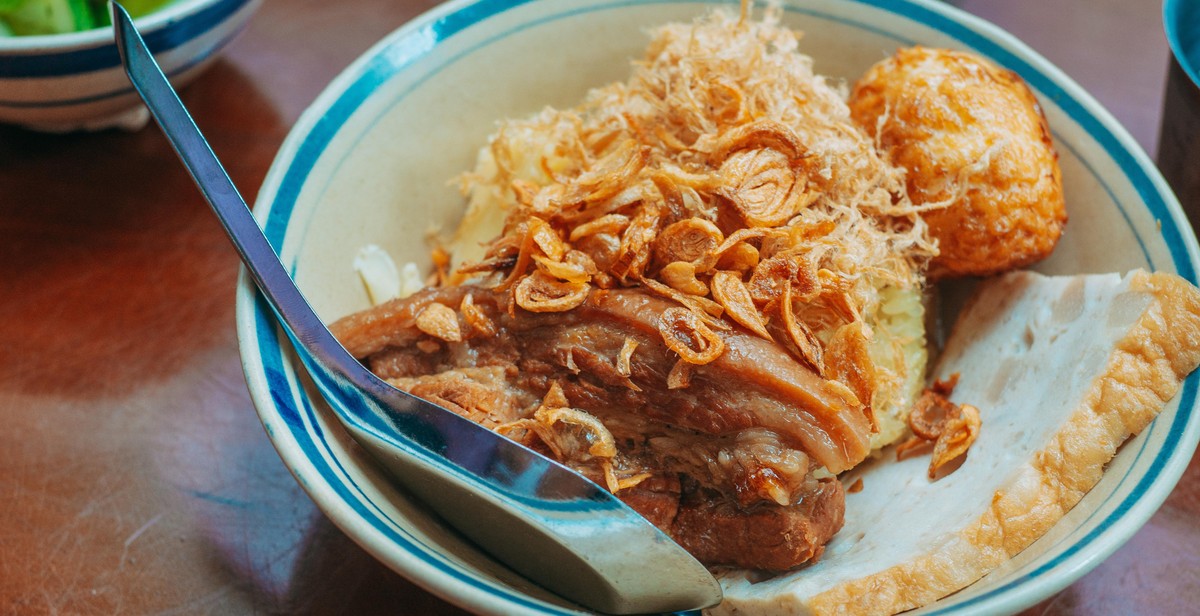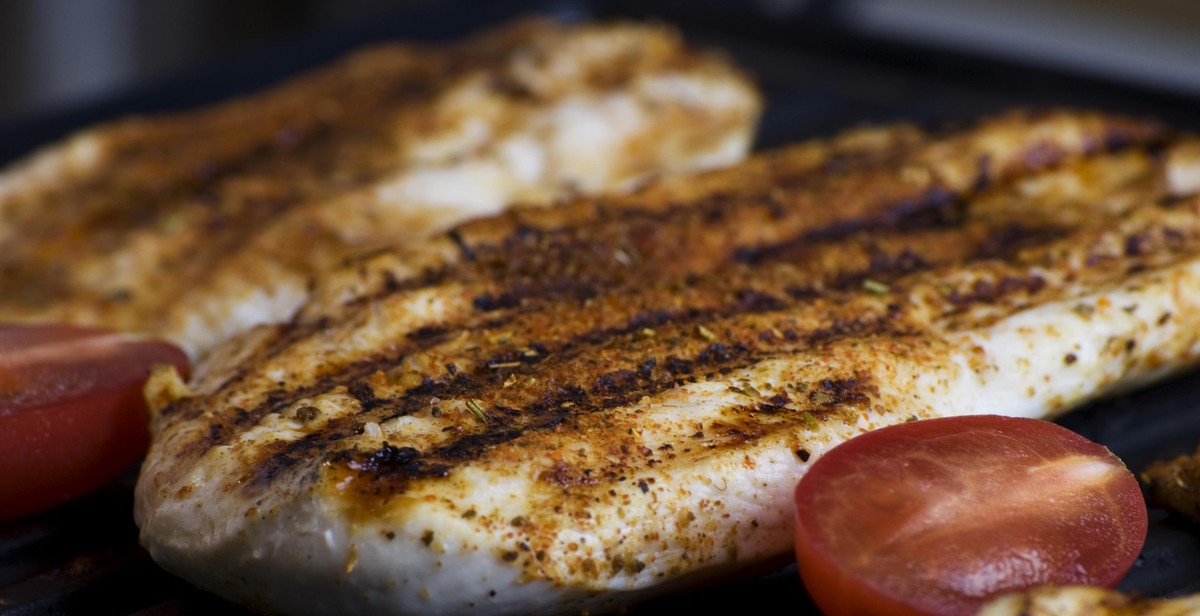How to BBQ Beef Brisket: Tender and Smoky Barbecue Delight
Beef brisket is a popular cut of meat that comes from the lower chest of a cow. It is a tough cut of meat that requires slow cooking to become tender and juicy. BBQ beef brisket is a delicious and smoky delight that is perfect for any occasion, from backyard cookouts to family dinners.
When it comes to cooking beef brisket, there are several methods to choose from, including smoking, roasting, and slow cooking. However, BBQ beef brisket is the most popular method and involves smoking the meat over low heat for several hours until it becomes tender and flavorful.
Why BBQ Beef Brisket is a Crowd-Pleaser?
BBQ beef brisket is a crowd-pleaser because it is a versatile dish that can be served in a variety of ways. It can be sliced and served as a main course, chopped and used as a filling for sandwiches or tacos, or even added to soups and stews for added flavor. Additionally, the smoky and tender flavor of BBQ beef brisket makes it a hit among meat lovers and BBQ enthusiasts.
What You Need to BBQ Beef Brisket
Preparing BBQ beef brisket requires a few essential ingredients and tools. These include:
- Beef brisket
- Dry rub or marinade
- Smoker or grill
- Wood chips or chunks
- Meat thermometer
- Aluminum foil
With these ingredients and tools, you can easily prepare a delicious and tender BBQ beef brisket that will impress your guests and leave them wanting more.

Choosing the Right Cut of Beef Brisket
When it comes to selecting the perfect brisket for your BBQ, it’s important to know what to look for. Here are some tips to help you choose the right cut:
Grade
Brisket is graded by the USDA based on the amount of marbling (fat) in the meat. Look for brisket that is graded USDA Prime or USDA Choice for the best results. These grades will have more fat marbling, which will result in a more tender and flavorful final product.
Size
Choose a brisket that is the right size for your needs. A whole brisket can weigh anywhere from 8 to 20 pounds, so make sure you have enough space on your grill or smoker to accommodate it. If you’re cooking for a smaller group, consider a smaller cut like a brisket flat.
Thickness
Thicker cuts of brisket will take longer to cook, but will also result in a more tender and flavorful end product. Look for brisket that is at least 1 inch thick.
Appearance
When selecting a brisket, look for one that is firm to the touch and has a bright red color. Avoid any cuts that have a grayish color or appear to be slimy or sticky to the touch.
| Grade | Marbling |
|---|---|
| USDA Prime | Abundant |
| USDA Choice | Moderate |
| USDA Select | Small |
By following these tips, you’ll be sure to select the perfect brisket for your BBQ and impress your guests with a delicious and tender smoked brisket.

Preparing the Brisket
Preparing the brisket is a crucial step in achieving a tender and smoky barbecue delight. There are two main steps in preparing the brisket: trimming the fat and seasoning the brisket.
Trimming the Fat
Trimming the fat is important because it allows for even cooking and prevents the meat from becoming greasy. Start by trimming the fat cap to about 1/4 inch thick. Remove any large pockets of fat or silver skin that may prevent the seasoning from penetrating the meat. However, be careful not to trim too much fat as it can dry out the meat during cooking.
Seasoning the Brisket
Seasoning the brisket is just as important as trimming the fat. A good seasoning rub will enhance the natural flavor of the meat and create a delicious crust. There are many different seasoning blends to choose from, but a basic rub should include salt, black pepper, garlic powder, and paprika. Apply the rub generously to both sides of the brisket, making sure to massage it into the meat.
| Ingredients for a Basic Rub: |
|---|
| – 2 tablespoons kosher salt |
| – 1 tablespoon black pepper |
| – 1 tablespoon garlic powder |
| – 1 tablespoon paprika |
After trimming the fat and seasoning the brisket, it is important to let the meat rest at room temperature for at least an hour before cooking. This allows the meat to absorb the flavors of the seasoning and ensures even cooking.

Setting Up the Grill
Before you start cooking your beef brisket, it is important to set up your grill properly. This will ensure that your brisket is cooked to perfection and has that delicious smoky flavor. Here are some important steps to follow:
Choosing the Right Wood Chips
The type of wood chips you choose will have a big impact on the flavor of your brisket. Hickory and mesquite are popular choices for beef brisket, but you can also experiment with other types of wood like oak or applewood. Make sure to soak the wood chips in water for at least 30 minutes before using them.
Setting the Temperature
The ideal temperature for cooking beef brisket is between 225-250°F (107-121°C). This low and slow cooking method allows the meat to become tender and juicy. Make sure to use a meat thermometer to monitor the temperature of the brisket throughout the cooking process.
It is also important to set up your grill for indirect heat. This means that the coals or burners should be on one side of the grill and the brisket should be on the other side. This will ensure that the brisket cooks evenly and does not burn.
By following these steps, you can ensure that your beef brisket is cooked to perfection and has that delicious smoky flavor that everyone loves.

Smoking the Brisket
Now that you have properly seasoned your brisket and let it sit for a few hours, it’s time to smoke it. Smoking the brisket is a crucial step in achieving that tender and smoky barbecue delight. Here’s how to do it:
Placing the Brisket on the Grill
First, you need to place the brisket on the grill. If you’re using a charcoal grill, make sure to arrange the coals on one side of the grill and place a drip pan on the other side. If you’re using a gas grill, turn on half of the burners to create a two-zone cooking area. Place the brisket on the cool side of the grill, fat side up.
Maintaining a Consistent Temperature
It’s important to maintain a consistent temperature while smoking the brisket. The ideal temperature is between 225°F and 250°F. Use a meat thermometer to monitor the temperature of the brisket and adjust the heat as needed. Keep the lid closed as much as possible to maintain the temperature and prevent the smoke from escaping.
Adding Wood Chips
To add that smoky flavor to the brisket, you need to add wood chips to the grill. Soak the wood chips in water for at least 30 minutes before adding them to the grill. Once the coals are hot, add a handful of wood chips to the coals or to the smoker box of your gas grill. You can use any type of wood chips you prefer, such as hickory, oak, or applewood.
By following these steps, you can smoke your brisket to perfection and achieve that tender and smoky barbecue delight you’ve been craving.

Wrapping the Brisket
Wrapping the brisket is a popular technique known as the Texas Crutch. It involves wrapping the brisket tightly in foil or butcher paper to lock in the moisture and speed up the cooking process.
The Benefits of Wrapping
Wrapping the brisket helps to create a tender and juicy final product. It also helps to speed up the cooking process by creating a moist environment that allows the meat to cook faster.
Another benefit of wrapping is that it helps to prevent the brisket from drying out or becoming tough. The foil or butcher paper acts as a barrier, preventing the meat from losing too much moisture during the cooking process.
When to Wrap
Most pitmasters recommend wrapping the brisket once it reaches the “stall” or plateau phase. This typically occurs when the internal temperature of the brisket reaches around 160-170°F.
At this point, the brisket may stop cooking or even cool down slightly, which can be frustrating for those who are eager to see progress. Wrapping the brisket at this point can help to push through the stall and continue the cooking process.
Foil vs. Butcher Paper
While both foil and butcher paper can be used for wrapping the brisket, they offer slightly different benefits.
- Foil: Creates a tighter seal and helps to retain more moisture. It also creates a slightly softer bark.
- Butcher Paper: Allows for more airflow and creates a slightly firmer bark. It also gives the brisket a more traditional appearance.
How to Wrap
To wrap the brisket, simply place it in the center of a large sheet of foil or butcher paper. Fold the edges of the foil or paper up and over the brisket, creating a tight seal.
Be sure to wrap the brisket tightly to prevent any moisture from escaping. You can also add a small amount of beef broth or apple juice to the foil or paper to help create a moist environment.
| Foil | Butcher Paper |
|---|---|
 |
 |

Resting and Slicing the Brisket
After cooking your beef brisket, it’s important to let it rest to ensure that the juices redistribute evenly throughout the meat. This helps to prevent dryness and enhances the flavor of your brisket. Allow your brisket to rest for at least 30 minutes before slicing. If you’re not quite ready to slice it, you can wrap it in foil and a towel to keep it warm for up to two hours.
When it’s time to slice your brisket, it’s important to do so against the grain. This will help to ensure that each slice is tender and easy to chew. The grain of the brisket refers to the direction of the muscle fibers running through the meat. Look for the lines and slice perpendicular to them.
Start by trimming off any excess fat from the brisket. Then, using a sharp knife, slice the brisket into thin slices, about 1/4 inch thick. If you prefer thicker slices, cut them accordingly.
You can serve your sliced brisket as is, or you can add your favorite barbecue sauce or rub for extra flavor. Enjoy your delicious, tender and smoky barbecue delight!

Conclusion
Barbecue beef brisket is a delicious and savory dish that is perfect for any occasion. With the right seasoning and cooking techniques, you can achieve a tender and smoky brisket that will be the highlight of any meal.
Tips for Success
Remember to give yourself enough time to properly prepare and cook the brisket. This can take anywhere from 8-12 hours, so plan accordingly. Use a good quality smoker or grill and maintain a consistent temperature throughout the cooking process. Be patient and resist the urge to constantly check on the brisket, as this can cause fluctuations in temperature and affect the final product.
Experiment with Seasonings
While traditional seasoning blends like salt, pepper, and garlic can never go wrong, don’t be afraid to experiment with different flavor combinations. Try adding a touch of sweetness with brown sugar or honey, or a bit of heat with cayenne or chili powder.
Enjoy the Fruits of Your Labor
Once your brisket is cooked to perfection, let it rest for at least 30 minutes before slicing and serving. This allows the juices to redistribute and ensures a moist and flavorful final product. Serve with your favorite sides and enjoy the delicious fruits of your labor!
| Pros | Cons |
|---|---|
| Delicious and savory | Requires a significant amount of time and effort |
| Can feed a large group of people | Requires a good quality smoker or grill |
| Endless flavor possibilities | Can be expensive |
Overall, barbecue beef brisket is a crowd-pleasing and impressive dish that is sure to impress your friends and family. With a little patience and practice, you can become a barbecue master and enjoy the delicious flavors of a perfectly cooked brisket.
